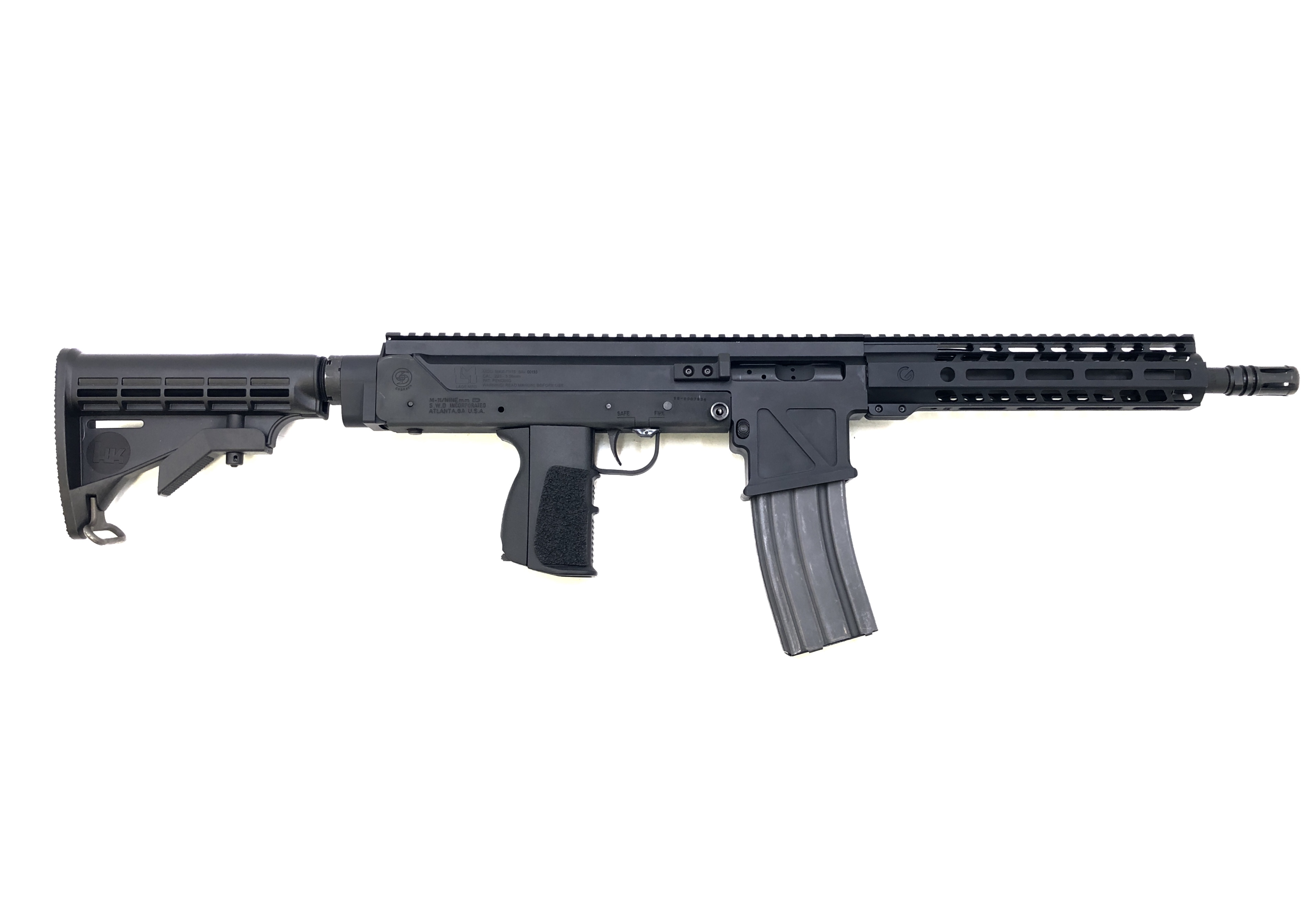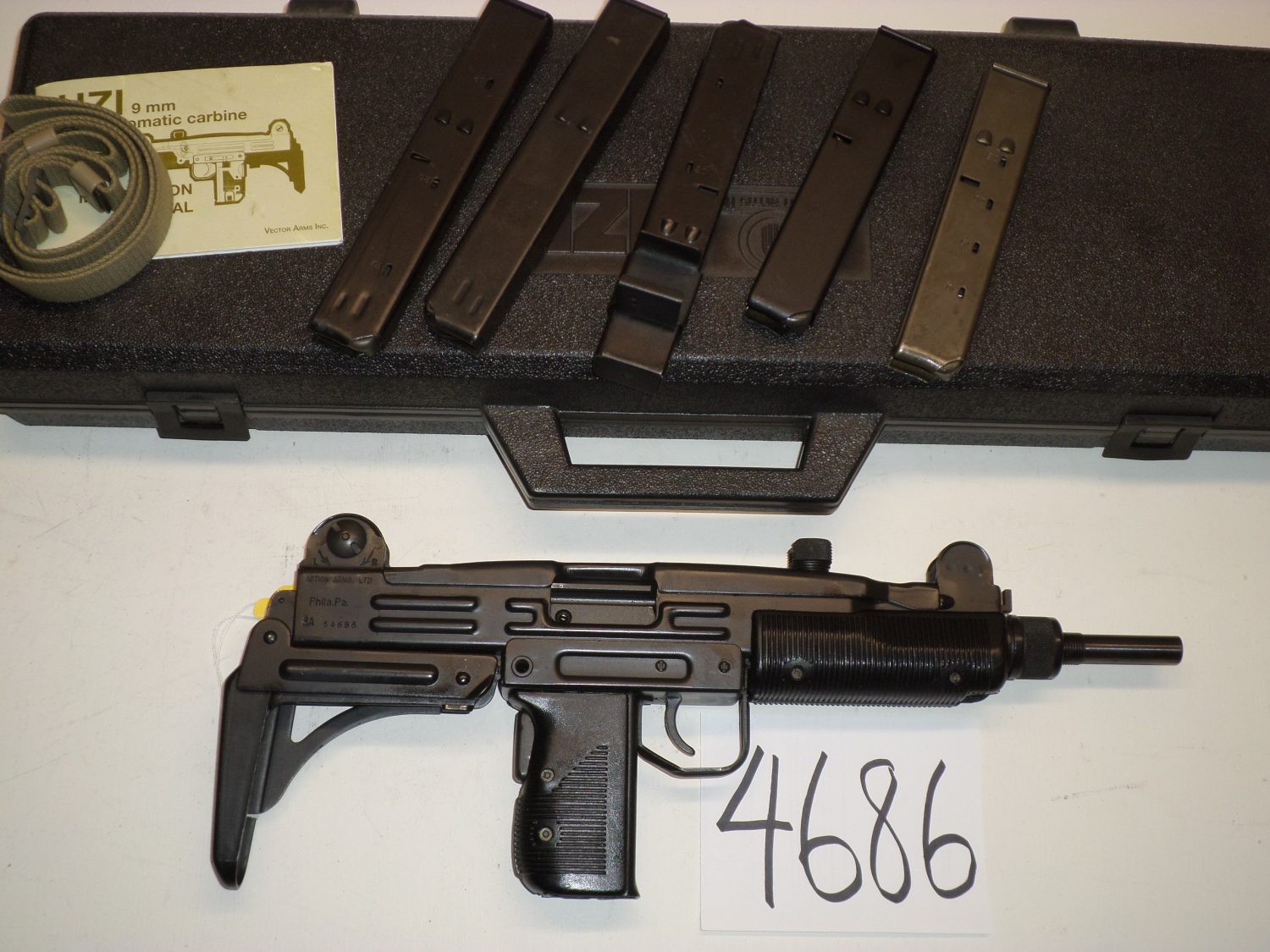

Script error: No such module "DamageModifiers". max → Script error: No such module "DamageModifiers". → Script error: No such module "DamageModifiers". MAC-10 (.45 ACP) with suppressor and without magazine.Ģ.84 kg (6.26 pounds) empty w/o suppressorĢ95 mm (11.6 inches) with stock retractedĥ48 mm (1 foot 9.6 inches) with stock extendedĥ45 mm (1 foot 9.45 inches) with stock retracted w/suppressorħ98 mm (2 feet 7.4 inches) with stock extended w/suppressorģ0-round detachable box magazine (.Script error: No such module "DamageModifiers". The MAC-10 ( Military Armament Corporation Model 10, officially the M10) is a highly compact, blowback operated machine pistol developed by Gordon B. The M-10 was built predominantly from steel stampings. A notched cocking handle protrudes from the top of the receiver, and by turning the handle 90° would lock the bolt, and act as an indicator that the weapon is unable to fire. The M-10 has a telescoping bolt, which wraps around the barrel. This allows a more compact weapon, and balances the weight of the weapon over the pistol grip where the magazine is located.

The M-10 fires from an open bolt, and in addition, the light weight of the bolt results in a rapid rate of fire. The barrel is threaded to accept a suppressor, which worked by reducing the discharge's sound, without attempting to reduce the velocity of the bullet. At the suggestion of the United States Army, Ingram added a small bracket with a small strap beneath the muzzle to aid in controlling recoil during fully automatic fire. The primary reason for the original M-10 finding recognition was its revolutionary sound suppressor designed by Mitchell Werbell III of Sionics. This suppressor had a two-stage design, with the first stage being larger than the second. This uniquely shaped suppressor gave the MAC-10 a very distinctive look. It was also very quiet, to the point that the bolt could be heard cycling, along with the suppressed report of the weapon's discharge. Later-production variants had a "wipeless" suppressor front cap design that was advanced for the time in that its internal metal parts needed only to be cleaned, not replaced, in contrast to the older-technology "wipe" type suppressors. The suppressor also created a place to hold the weapon this, combined with the weight it added, made the weapon easier to control. During the 1970s the United States placed restrictions on the exportation of suppressors, and a number of countries canceled their orders of M-10s as the effectiveness of the MAC-10's suppressor was one of its main selling points. This was one factor that led to the bankruptcy of Military Armament Company, the main producer, in 1976. The barrel threads were originally intended for this suppressor, but other muzzle attachments can be used including muzzle brakes, barrel extensions, and fore-grips.

Also, a single-stage "wipe" type suppressor was marketed by SWD and Cobray in the last years (1983–1986) of the M-10's manufacture. The original Sionics suppressor is 11.44 inches in length, 2.13 inches in overall diameter, and weighs 1.20 pounds. The term "MAC-10" is commonly used, but unofficial parlance.
MAC 10 9MM CONVERSION MAC
However, the MAC company never used the nomenclature MAC-10 on any of its catalogs or sales literature-only "M10", but because "MAC-10" became so frequently used by Title II dealers, gun writers, and collectors, it is now used more frequently than "M10" to identify the guns.


 0 kommentar(er)
0 kommentar(er)
